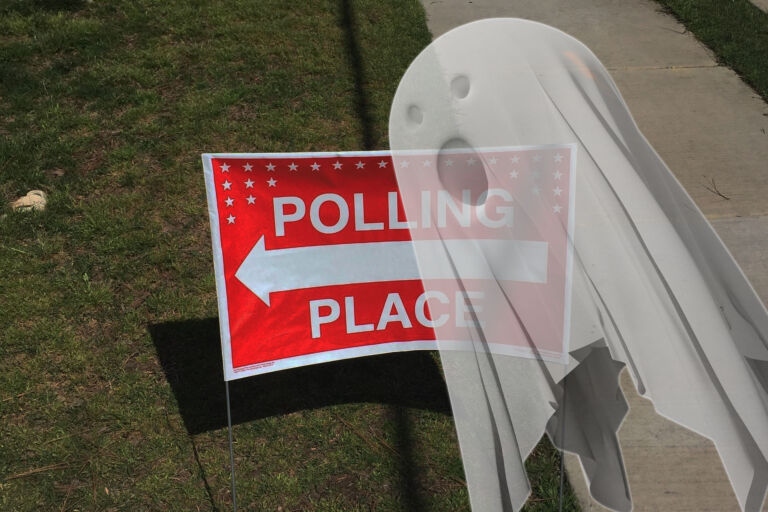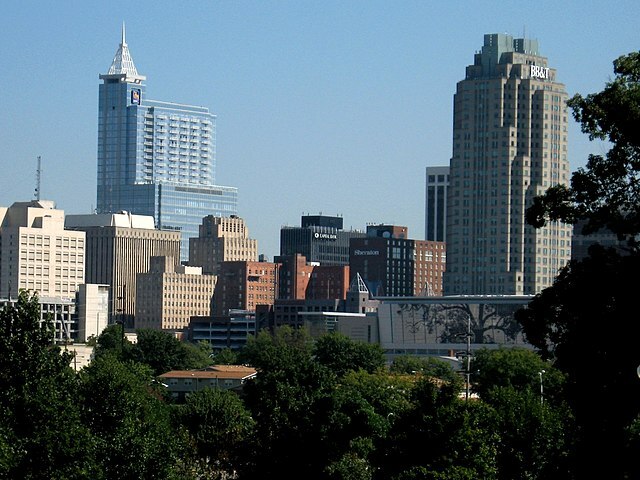Liberals like small homes that are close to shopping and attractions, while conservatives prefer to have larger properties and drive longer distances to the store. This is one of the findings from a 2014 report by the Pew Research Center that examined how our political beliefs interact with daily life. It’s not clear why the two go hand-in-hand, though it does coincide with preferences for urban, suburban, and rural life. Is it a question of age, daily experiences, or of some other trait like risk tolerance that manifests in both political philosophy and physical space?
There has been a lot of speculation on the political consequences of the manifestation of these differences in the rural/urban divide. Thanks to J.D. Vance’s book Hillbilly Elegy: A Memoir of a Family and Culture in Crisis and the opioid crisis, there is also a greater sense (though not necessarily understanding) of its personal and economic causes and implications.
In 2017, Ross Douthat observed,
Yes, for many of their inhabitants, particularly the young and the wealthy, our liberal cities are pleasant places in which to work and play. But if they are diverse in certain ways they are segregated in others, from “whiteopias” like Portland to balkanized cities like D.C. or Chicago. If they are dynamic, they are also so rich — and so rigidly zoned — that the middle class can’t afford to live there and fewer and fewer kids are born inside their gates. If they are fast-growing it’s often a growth intertwined with subsidies and “too big to fail” protection; if they are innovation capitals it’s a form of innovation that generates fewer jobs than past technological advance. If they produce some intellectual ferment they have also cloistered our liberal intelligentsia and actually weakened liberalism politically by concentrating its votes.
Douthat suggested treating large cities “as trusts that concentrate wealth and power and conspire against the public good.” His remedy was to compel geographical diversification of their sources of economic value—federal government agencies, elite universities, nonprofits, businesses, and the media.
Rather than break up the cities, others have suggested ways to make more of America walkable. A writer for Grist reasonably complained about the effects of the mortgage interest deduction and state and local property tax deduction on home-buying decisions. People can buy larger and more expensive houses if their payments are subsidized by tax policy. The subsidy does not generally create a decision to buy, but it does influence what a person buys. As a result of federal tax reform, both deductions are now much less valuable. Not content to eliminate subsidies for sprawl, he quoted Smart Growth America’s 2013 suggestion, “Federal real estate spending and commitments should be coordinated around a clear set of goals to support thriving economies in communities across the country.” Neutrality would leave drivers and walkers equally free to make housing decisions based on their own preferences.
Another state and local tax deduction may have made it less costly to be an urban dweller. If your high income and property taxes are deductible, then you may not mind paying the relatively higher price of government in the city than in the suburb or, similarly, in a state like Massachusetts rather than New Hampshire. Federal tax reform also leveled the playing field here.
Conservatives are more likely to hunt and fish. Liberals are more likely to go to art galleries and musical theater. Both groups want to live near others who share their ideas and beliefs. It all fits together even as it keeps us apart.


